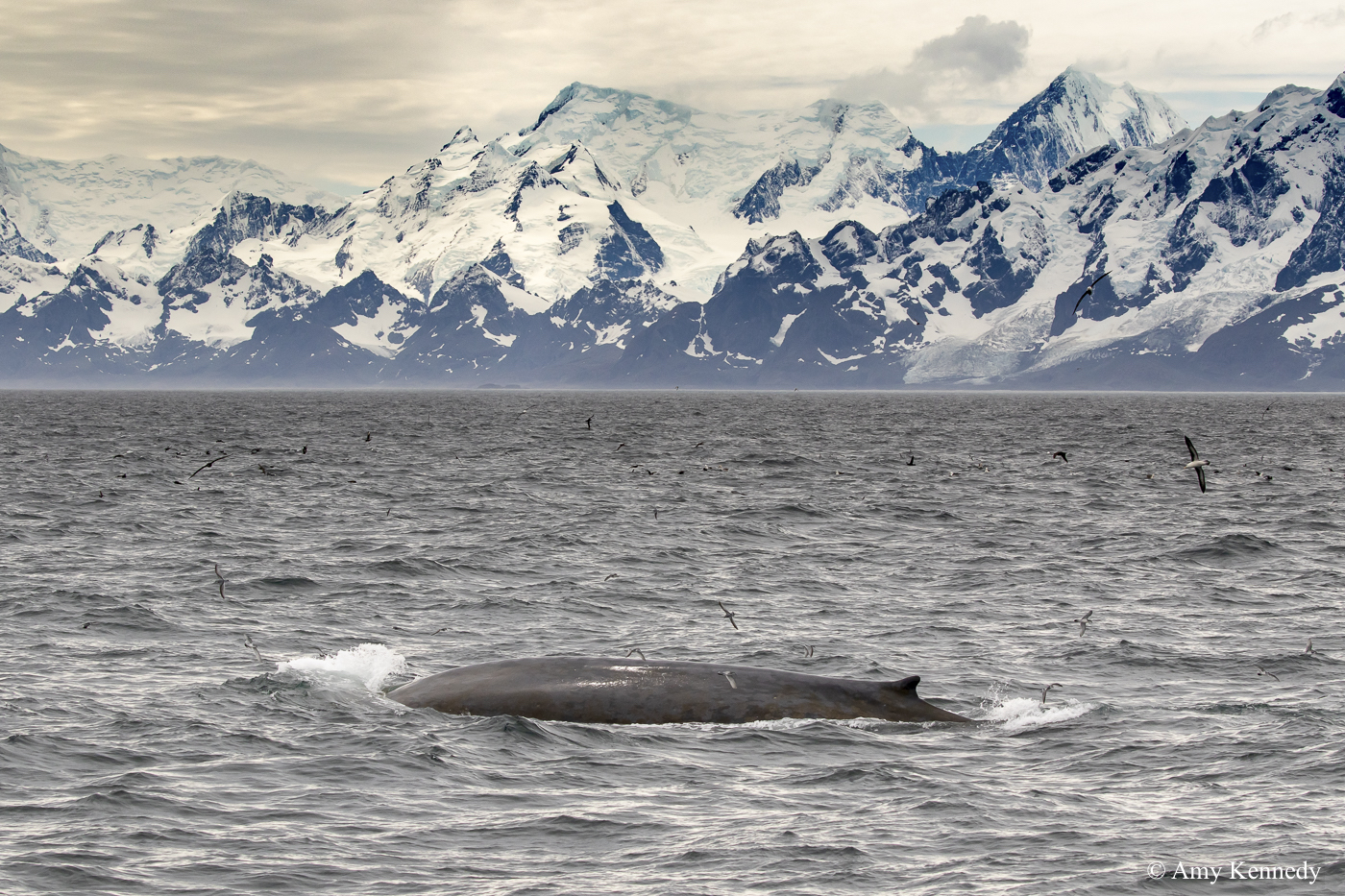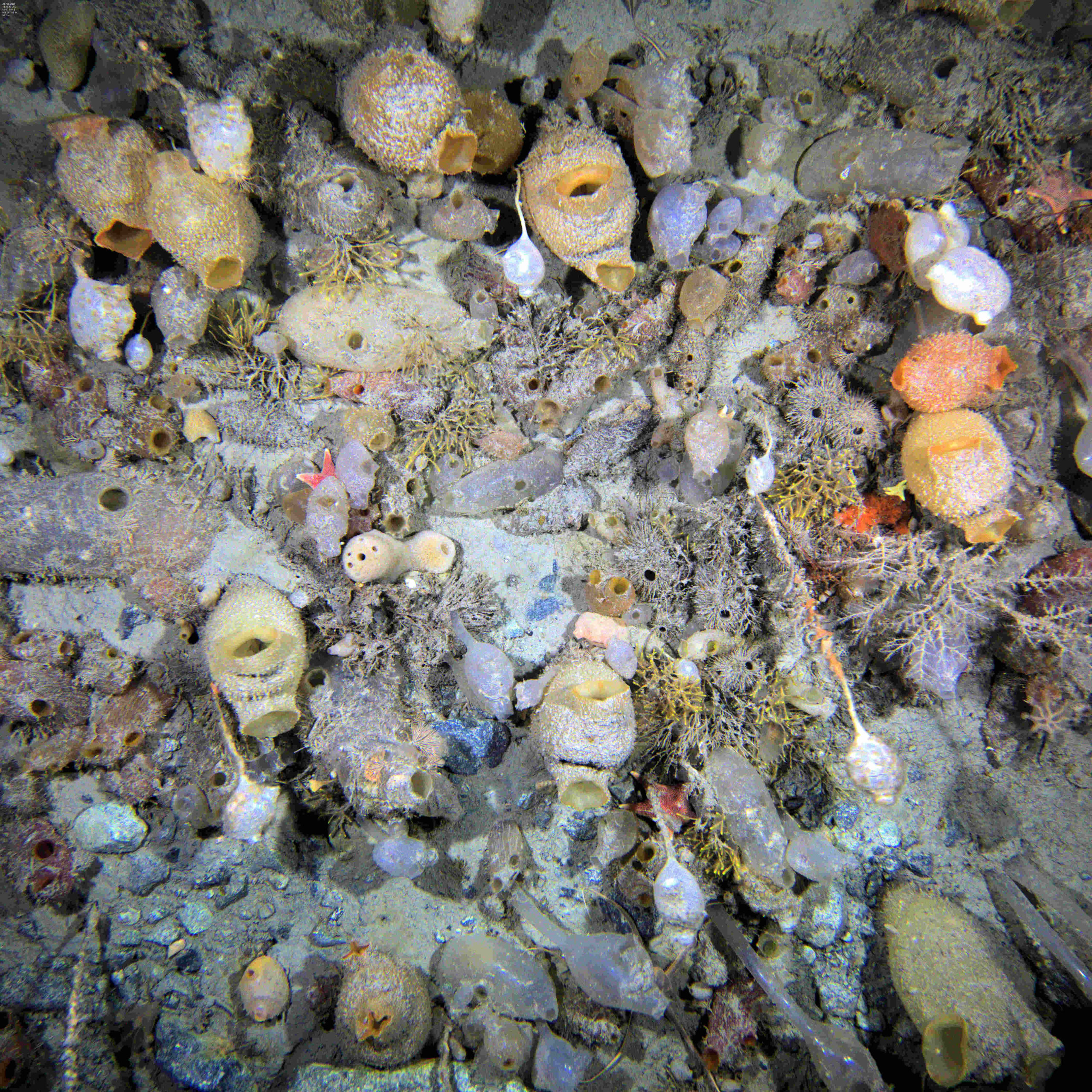Tackling climate change and biodiversity loss together
Climate, biodiversity, and societal challenges are intrinsically linked and yet are usually viewed in isolation. A new review study, published in the journal Science this week (21st April 2023), focusses on connecting these issues, calling for global and interdisciplinary action to protect society from these crises. The international team led by the Alfred Wegner Institute (AWI), alongside colleagues from British Antarctic Survey (BAS), lays out the urgent need for action and some potential solutions to mitigate against these challenges.

This international collaboration is a result of a scientific workshop, supported by the Intergovernmental Panels on Climate Change (IPCC) and Biodiversity and Ecosystem Services (IPBES). The workshop brought together researchers from 35 countries to consider joint solutions to both climate change and nature loss. The review study is an outcome of this workshop which examines the scales of the challenges and the global solutions necessary.
Dr David Barnes, a marine biologist at BAS and co-author of the study, says:
“Human society faces two very serious, interwoven crises, climate change and nature loss. Solutions that tackle these together are generally much more effective and lasting than considering either catastrophe on its own. Our paper explores outcomes of many of the common and possible actions we can and need to urgently take.”
Climate change, driven by extensive greenhouse gas emissions, has resulted in warming by more than 1.1°C magnifying the already unprecedented loss of biodiversity caused by human activity. The review describes the scale of these combined catastrophes with an estimated 75% of land and 66% of oceans modified by human activity resulting in the loss of 80% of global mammal biomass and a 50% reduction in plant matter. More species are at risk of extinction than ever before as habitats shrink and are drastically altered bringing large changes in species interaction and ultimately death and extinction when the animals and plants can’t keep up with these changes.
A warming environment is forcing more species poleward, to higher altitudes on land or into increasingly deeper waters. These impacts are particularly felt in our polar regions. These frozen regions are experiencing some of the most significant changes in temperature causing widespread melting contributing to global sea level rise and further habitat loss. The reduction in the biodiversity of these regions further exacerbates climate change as the amount of carbon that is stored or processed by these species is greatly reduced.
To counteract these drastic consequences, the collaborative study proposes a series of ambitious actions to work towards a more sustainable future. The review focusses on four key areas: reductions in greenhouse gas emissions, effective land and ocean protection and restoration, promoting action across political, economic, and social institutions, and intelligent land management.
Nature based solutions such as forest management and peatland restoration would have huge positive impacts. As well as preserving vegetation and the unique biodiversity in these environments, they will aid climate change mitigation through carbon uptake and storage. The study highlights that restoring 15% of degraded land would avoid 60% of the extinction predicted. Furthermore, protecting our marine environment will help to preserve and strengthen natural stores for carbon.
In the Southern Ocean, one of the globe’s most important carbon sinks, waters around the Antarctic edge meet the atmosphere capturing carbon before being pumped into the ocean’s depth trapping it. Biodiversity plays a big role in this oceanic carbon sink with animals such as Antarctic krill removing carbon from the atmosphere as well as contributing iron and other nutrients that help the Southern Ocean remain productive.

The changing polar regions also have a further role to play in mitigating biodiversity loss and climate change. The changing ice sheets open new habitats allowing ecosystems to expand into these coastal areas.
Dr David Barnes continues:
“The polar regions are at the forefront of climate change and vulnerability, with their consequences being global. Meaningful protection of marine environments has been low on the agenda until recently. Yet these are one of the few parts of the world where nature increases are aiding mitigation on climate change, such as in fjords opening up due to glacier retreat. We urgently need to ensure such habitats are properly safeguarded from threats”.
Recent science trials of the RRS Sir David Attenborough enabled researchers to explore these new habitats, sampling two large glaciers at the tip of the Antarctic Peninsula. Using a high resolution camera lowered to the seabed, the team uncovered a range of life along the merging fjord, highlighting their importance as new carbon sinks.
Successfully keeping global warming below the 1.5°C target will require far-reaching action across politics and society with urgent emissions reductions need. This study highlights the need for strong collaboration between institutions to ensure fair and sustainable solutions.
Professor Hans-Otto Pörtner, marine biologist at AWI and lead author of the study, says:
“In the future, all of this will only work if – for all approved measures – climate protection, biodiversity preservation, and social advantages for local communities are pursued simultaneously. We’re unlikely to reach the new global biodiversity, climate and sustainability targets planned for 2030 and 2050 if the individual institutions fail to collaborate more intensively”.
Overcoming the coupled climate and biodiversity crises and their societal impacts by H.-O. Pörtner, R. J. Scholes, A. Arneth, D.K.A. Barnes, M.T. Burrows, S.E. Diamond, C.M. Duarte, W. Kiessling, P. Leadley, S. Managi, P. McElwee, G. Midgley, H.T. Ngo, D. Obura, U. Pascual, M. Sankaran, Y.J. Shin, A.L. Val (2023) is published in Science, DOI: 10.1126/science.abl4881